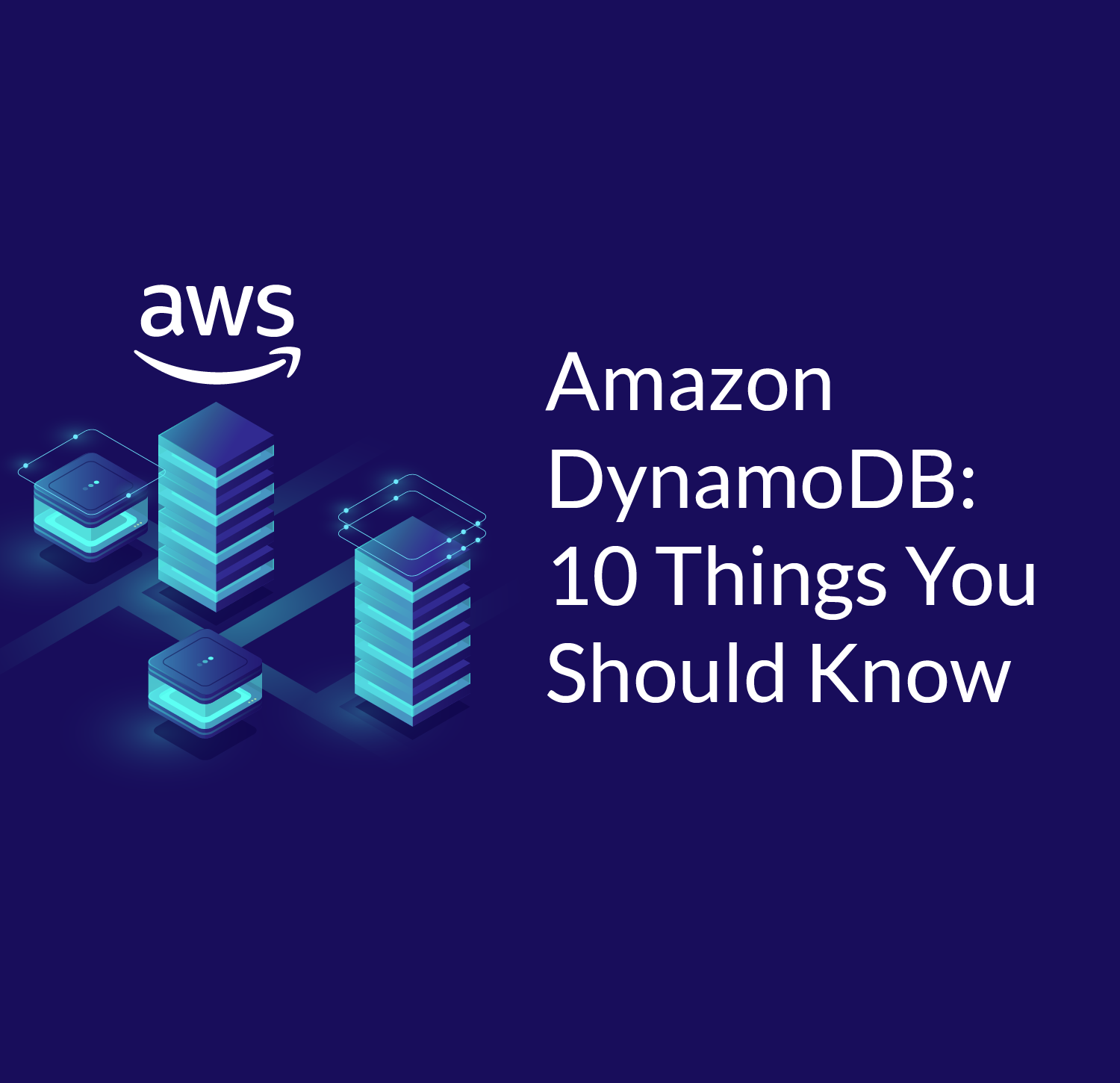

- Download local dynamodb install#
- Download local dynamodb archive#
- Download local dynamodb code#
- Download local dynamodb windows#
Download and install AWS NoSQL Workbench. I found a Docker compose file which sets up the network and container in rynop's answer on StackOverflow. Today, I am going to show you use to use AWS NoSQL Workbench to manage your local DynamoDb. It doesn't directly manipulate the actual DynamoDB tables in production but performs it locally instead.
Download local dynamodb code#
The process for this varies slightly depending on how you're testing your code though and what you're making.Īt the time I was first trying to do this, I was building a serverless API with AWS SAM using AWS SAM local for testing, which would do a complete API Gateway in a container so I needed the SAM container and the DynamoDB container to talk to each other over the network. DynamoDB Local is a tool developed by Amazon which supports all the DynamoDB APIs. The easiest method is via the DynamoDB Docker image. 1) Download DynamoDB locally if you just want to test applications, this is a great option When youre ready to move on to production, you can remove the local endpoint and point to the web service. It spins up an easy-to-use testing environment on your local machine that has the same APIs and works the same way as the real AWS cloud environment. LocalStack is a fully functional local AWS cloud stack that enables you to develop and test your cloud and serverless apps offline.
Download local dynamodb windows#
This is obviously a very convenient addition to the rich client options referenced in my initial answer above, please check out the post itself for a short illustrated tour to help you get started.Running a DynamoDB instance locally is great for testing or just messing around without incurring any cost - it's works exactly the same as the DynamoDB in the cloud All you need to do is to create a local instance and add an endpoint (JS), or endpoint_url (Python) option pointing to it when creating a DynamoDB object in the AWS SDK, or a -endpoint-url option when using the CLI. Develop and test your cloud apps offline. Download the DynamoDB Local (Downloadable Version) dynamodb local install using dockerprerequisitesneed to install docker in linux or windows based on the OS reference linkdocker pull amazon/dynamodb-localdocker run -p 8000:8000 amazon/dyna service httpd restart. Some items, and see them in the table, all through a very clean and Launch it (-sharedDb allows us to connect to the same database with other tools): java ./DynamoDBLocallib -jar DynamoDBLocal.jar -sharedDb By default it will be running on the port 8000 and will create the db file in the same directory where it was launched. While it works great for smaller scale applications, the limitations it poses. Download and extract dynamodb local to some folder. local-dynamodb-stream Cloud Functions NET Core Lambda consuming a DynamoDB stream. Find Libraries Explore Kits My Kits Login Sign Up.

kandi ratings - Low support, No Bugs, No Vulnerabilities. With the addition of this newįeature, you can learn by doing - trying out a number of DynamoDBįeatures without even writing any code. Amazon DynamoDB is a fully managed NoSQL database offered by Amazon Web Services. Implement local-dynamodb-stream with how-to, Q&A, fixes, code snippets. DynamoDB is a key-value store database that uses a JSON data model that is documented. The specific nature of data on disk, however, is kept secret from DybamoDB’s end users.
Download local dynamodb archive#
You can now view and modify the contents of your DynamoDB tables from I then proceeded to extract the contents of the archive as illustrated by the following: johncanessaceph1 DynamoDB gunzip Note that I executed the command in the DynamoDB folder which I created for such purpose. Data in DynamoDB is typically exported via AWS Glue’s bulk download into CSV files or streaming technologies. The AWS team has just announced the option to Explore Your DynamoDB Tables Using the AWS Management Console as well: So depending on your use case this might be all you need (or even better, if this is targeting a development scenario). However, the AWS Toolkits for Eclipse and Visual Studio both allow you to create tables, insert and edit data, initiate table scans, and more, straight from your local development environment (see the introductory post AWS Toolkits for Eclipse and Visual Studio Now Support DynamoDB). I'm not aware of a dedicated desktop application for using Amazon DynamoDB from Windows yet.


 0 kommentar(er)
0 kommentar(er)
